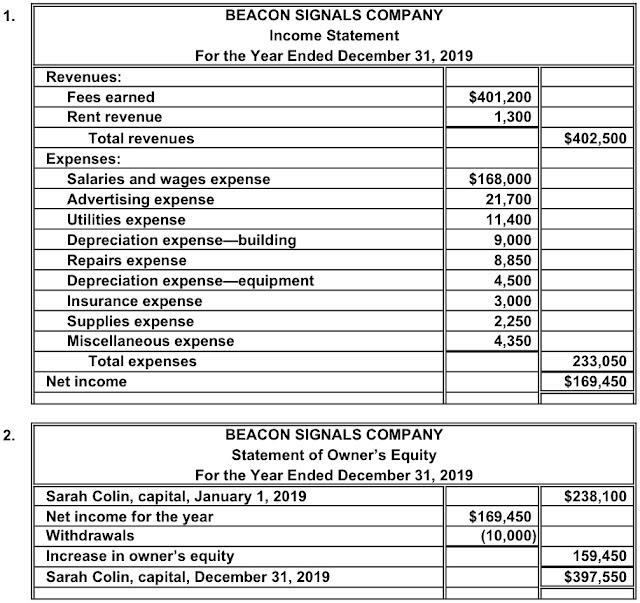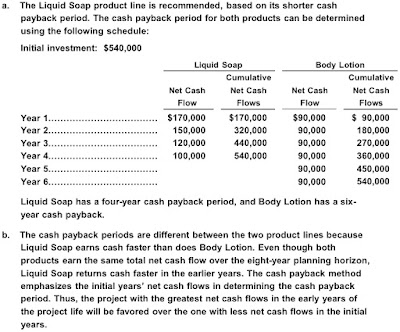A F G 1 2 3 4 5 6 7 8 9 101 2 3 4 5 6 7 8 9
201 2 3 4 5 6 7 8 9
Finders Investigative Services End-of-Period Spreadsheet For the Year Ended June 30, 2019 Adjusted Trial Balance Dr. Cr.Account Title Cash Accounts Receivable Supplies Prepaid Insurance Building Accumulated Depreciation—Building Accounts Payable
Salaries Payable Unearned Rent Stacy Tanner, Capital Stacy Tanner, Drawing Service Fees Rent Revenue Salaries Expense Rent Expense Supplies Expense Depreciation Expense—Building Utilities Expense Repairs Expense Insurance Expense Miscellaneous Expense 718,000 12,000 28,000 69,600 4,600 2,500 439,500 12,000 44,200 11,700 3,000 2,000 373,800 522,100 48,000 10,800 8,750 7,150 3,000 2,500 6,200 1,164,700 1,164,700
Instructions
1. Prepare an income statement, a statement of owner’s equity (no additional investments were made during the year), and a balance sheet.
2. Journalize the entries that were required to close the accounts at June 30.
3. If Stacy Tanner, Capital has instead decreased $30,000 after the closing entries were posted, and the withdrawals remained the same, what would have been the amount of net income or net loss?
Answer:

1.
Revenues:
Service fees$718,000
Rent revenue12,000
Total revenues$730,000
Expenses:
Salaries expense$522,100
Rent expense48,000
Supplies expense10,800
Depreciation expense—building 8,750
Utilities expense7,150
Repairs expense3,000
Insurance expense2,500
Miscellaneous expense6,200
Total expenses608,500
Net income$121,500
Stacy Tanner, capital, July 1, 2018$373,800
Net income for the year$121,500
Withdrawals(12,000)
Increase in owner’s equity109,500
Stacy Tanner, capital, June 30, 2019$483,300
Current assets:
Cash$28,000
Accounts receivable69,600
Supplies4,600
Prepaid insurance2,500
Total current assets$104,700
Property, plant, and equipment:
Building$439,500
Less accumulated depreciation 44,200
Total property, plant, and building395,300
Total assets$500,000
Current liabilities:
Accounts payable$11,700
Salaries payable3,000
Unearned rent2,000
Total liabilities$ 16,700
Stacy Tanner, capital483,300
Total liabilities and owner’s equity$500,000
2. 2019
June 30 Service Fees718,000
Rent Revenue12,000
Salaries Expense522,100
Rent Expense48,000
Supplies Expense10,800
Depreciation Expense—Building 8,750
Utilities Expense7,150
Repairs Expense3,000
Insurance Expense2,500
Miscellaneous Expense6,200
Stacy Tanner, Capital121,500
30 Stacy Tanner, Capital12,000
Stacy Tanner, Drawing12,000
3. $(18,000) net loss ($30,000 – $12,000). The $30,000 decrease is caused by the
$(12,000) withdrawals and an $(18,000) net loss.




























